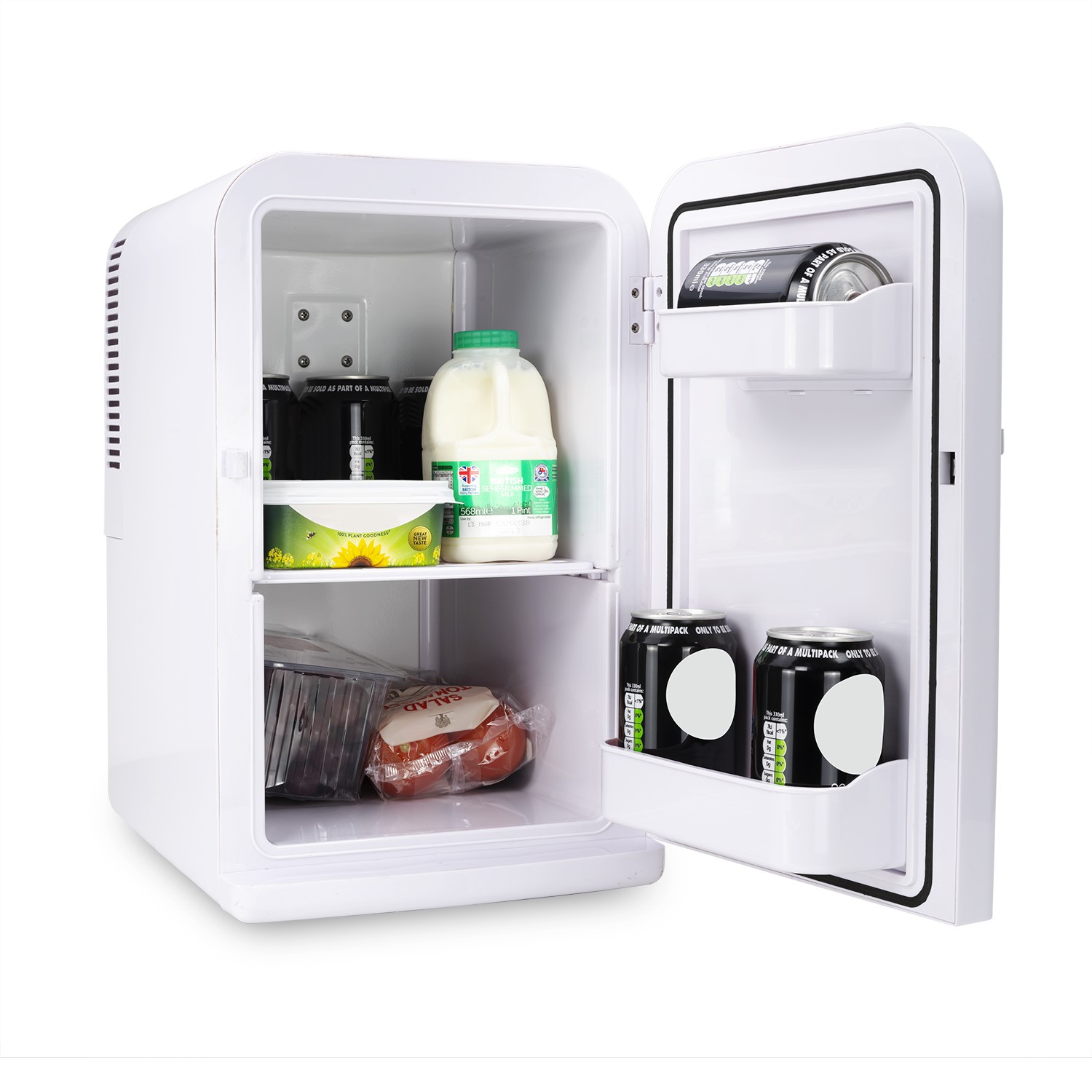Mini fridges are a common sight in dorm rooms, small apartments, and even in office settings, providing a convenient way to keep beverages and snacks chilled without taking up too much space. However, one concern that often arises with mini fridge owners is the amount of heat these appliances can generate on the outside. At TheKitchenApplianceDad.com, we’ve received several queries about this issue: Is it normal for a mini fridge to be hot? Let’s dive into the mechanics of mini fridges to understand why they emit heat and what you can do if the heat seems excessive.
To understand why a mini fridge might feel hot to the touch, it’s crucial to know a bit about how they operate. Mini fridges use a compressor, condenser coils, and an evaporator to cool the interior. Here’s a simplified breakdown of the process:
The primary reason a mini fridge emits heat is due to the heat exchange process involved in refrigeration. As the condenser coils release heat, it’s natural for the area around these coils—often the back and sides of the fridge—to feel warm. This heat emission is a normal part of the cooling process. However, the amount of heat can vary based on several factors:

Ensuring your mini fridge has proper ventilation is crucial. Make sure there’s enough space around the fridge, especially near the back and sides where heat tends to accumulate. Manufacturers typically recommend specific clearances in the user manual—usually a few inches around each side and at the back.
Keeping your mini fridge in good working order can also help manage heat emission. Regularly cleaning the condenser coils can prevent dust and debris from insulating the coils and causing them to retain more heat. Additionally, ensure the door seals are tight and intact, as leaks can force the fridge to work harder, increasing heat output.
If your mini fridge is quite old and feels excessively hot, it might be time to consider an upgrade. Newer models are generally more energy-efficient and better at managing heat emission due to advancements in refrigeration technology.
While it’s normal for a mini fridge to emit some heat, excessive heat can be a sign of a problem. Here are a few scenarios when you might need to take action:
In such cases, it might be wise to consult with a professional technician who can diagnose and resolve issues with your mini fridge.
Understanding the heat dynamics of mini fridges can help you ensure that your appliance is functioning efficiently and safely. Here are the key points to remember:
By keeping these points in mind, you can enjoy the convenience of your mini fridge without worry. For more tips on managing your kitchen appliances, stay tuned to TheKitchenApplianceDad.com, where we aim to provide practical advice to make your home appliances work better for you.

